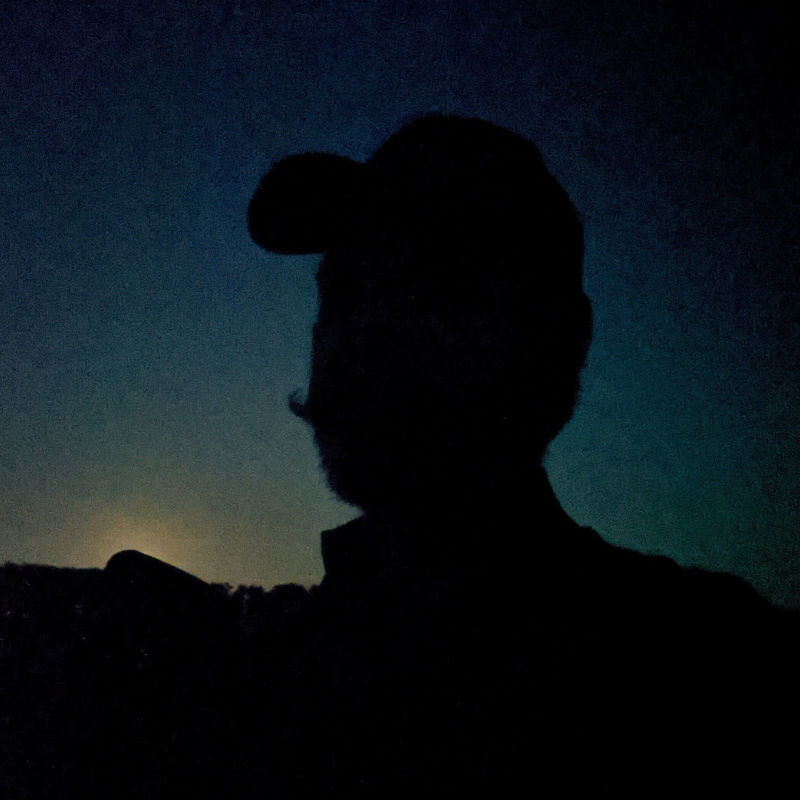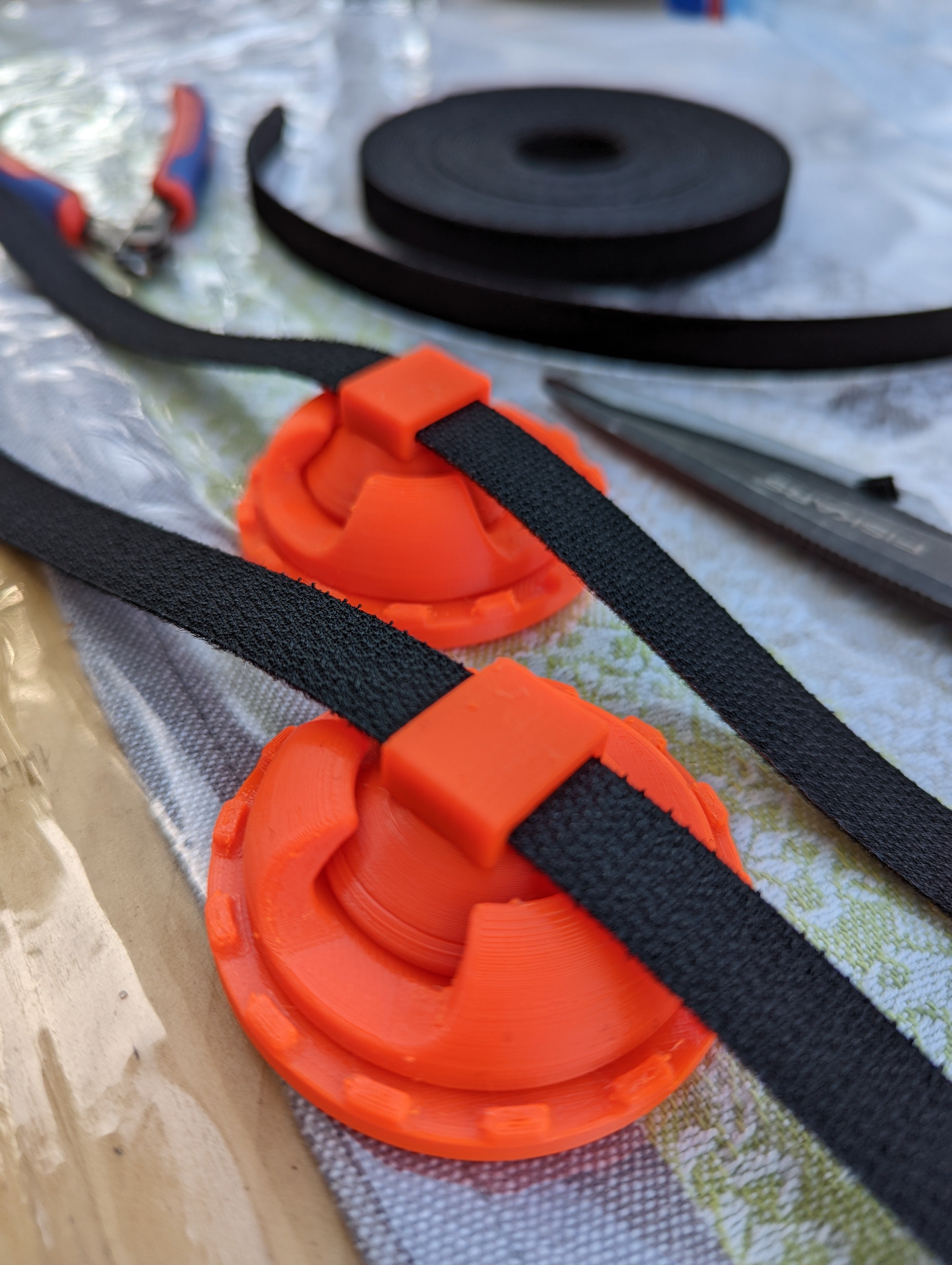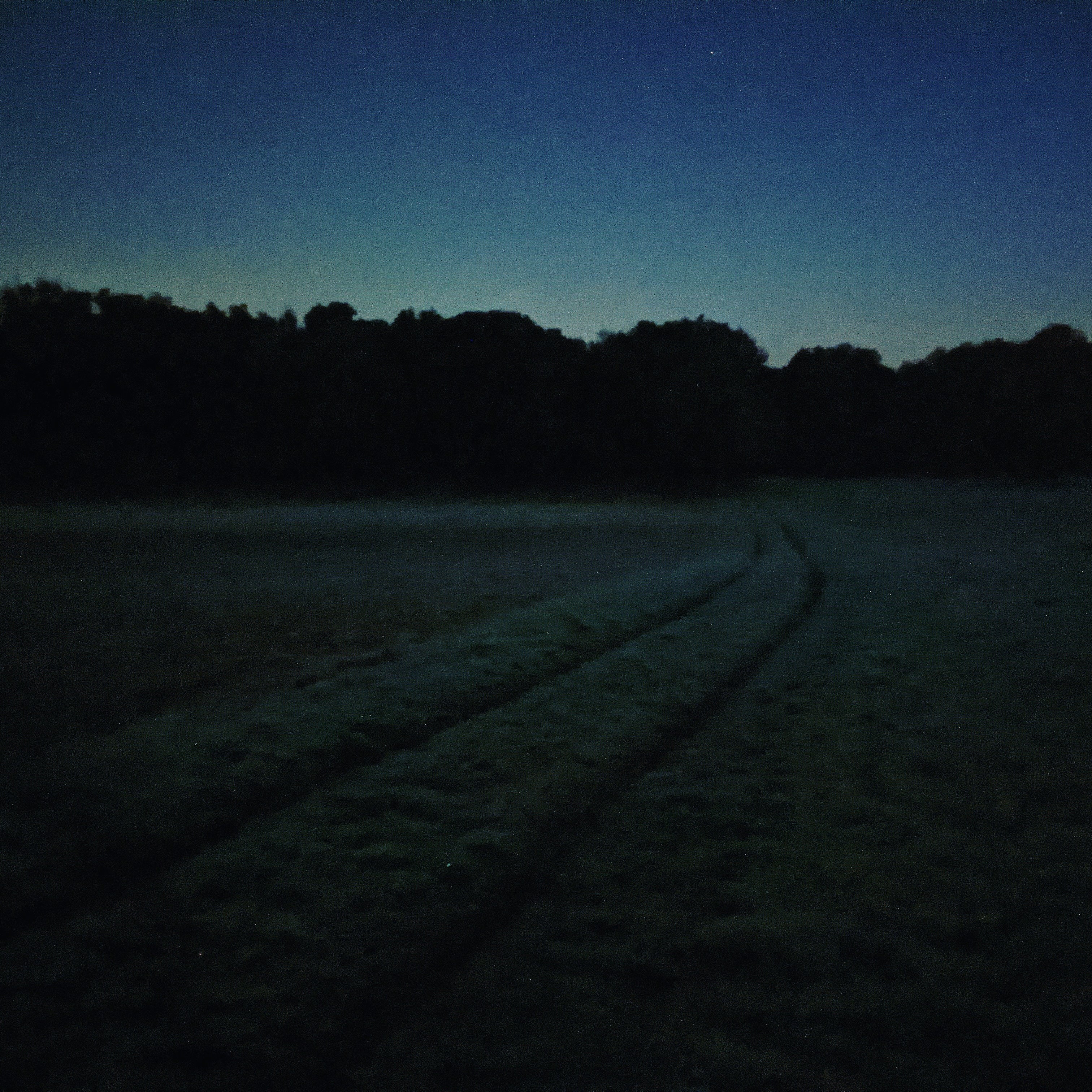The hunter's eye in the dark
How does the hunter see when hunting sows at night? How does the human eye get used to the dark? What happens when the eye is blinded? What can you do to maintain your eyesight when hunting wild boar at night?
Before the advent of night vision technology, you would go out at night with good binoculars and a bright scope on your rifle. The basic rule is: whether the moon is shining directly or a light cloud cover offers good scattered light, nothing stands in the way of nightly hunting for boars even without night vision technology. If the car is then parked in the area and you have disappeared into the night yourself, it takes about 30 minutes until your eyes can exploit their full potential for night vision. If the eye is dazzled even briefly, the ability to see in the dark is noticeably restricted again and the adaptation process starts all over again.

But why is it like that?
It takes up to 30 minutes until the eye is fully there in the dark
A brief excursion into the biology of our eyes.
Our retina contains light-sensitive photoreceptors, cones and rods. The cones are responsible for color vision in bright light, the rods for black and white vision in the dark. Equipped in this way, our eyes can adapt to an impressively wide range of lighting conditions.
The visual cells contain visual pigments that react to light and thus send an impulse to the light-sensing cells. The respective visual pigments must first be activated by the eye in order to have an effect. The visual pigment stored in the rods is called rhodopsin, that in the cones iodopsin . Activation of visual pigments for dark adaptation is a very slow process - it takes about 10 minutes for cones to fully adapt to darkness, and the long 30 minutes mentioned above for rods.
On the other hand, the eye adapts to bright light conditions: it takes place within fractions of a second and reaches its optimum after up to 6 minutes - a protective mechanism against damage to the retina by excessively strong light.
Ergo: when hunting wild boar at night, we have to use (white) light very sparingly if we want to use the full night vision potential of our eyes.
Photopic, mesopic, scotopic - these languages are spoken by the eye
- Vision in bright light is called photopic vision (day vision).
- At dusk it is mesopic vision (twilight vision).
- And in the dark it's called scotopic vision (night vision).
- The transition to scotopic vision is called dark adaptation.
Those who want to delve deeper here will find what they are looking for with these terms.
As a result, after adjusting to the darkness (dark adaptation), the eyes deliver a simple black-and-white image - with limited sharpness. The sharpness of the image is better in the peripheral areas of the field of vision than in the center of the image because the cone density is higher in the center of the retina than in the peripheral areas - and they are less suitable for the dark.
How do wild animals see in the dark?
The eyes of our native mammals only have two types of cones for color vision, the human eye has three. But they have significantly more rods. Wild animals see up to 100 times better than humans in the dark. In addition, wild animals can open their pupils wider, which means more light and thus more light output. Some animals (e.g. red deer) even have a reflective layer on their retina that is better at capturing residual light. Our game is therefore much better equipped for the dark.
With the second you can see better - especially in the dark
In principle, the following applies once again to night vision when hunting at night: “You can see better with the second eye” - with two eyes you have a significantly better and higher-contrast image impression than with just one eye. You quickly notice this when you have spotted a piece of wild boar clearly and distinctly through the binoculars with both eyes, and then have to look for the wild boar in a "muddy" image with one eye despite the (fast) scope.
The performance of the eyes when hunting at night can be significantly increased with the right binoculars and telescopic sight and made “huntable”. Estimating distances when hunting at night is much more difficult, and orientation in the field is noticeably limited due to the lack of details. This is usually made even more difficult because binoculars and telescopic sights only ever provide an enlarged section of a very limited field of vision. Our image, and thus our location and distance information, is literally taken out of context.

If you shoot at a piece in a larger open area while stalking at night, the questions quickly arise after the shot: “Where was the piece exactly?” and in the course of the search: “Where was I actually standing exactly?”. It doesn't help if you know your own area well.
Thermal imaging cameras and other night vision technology - electronic hunting aids
It becomes more difficult when the eye, which is used to the dark, is disturbed. Mobile phone, headlight, flashlight - or night vision technology. As described above, night vision is severely restricted in just fractions of a second. It will then take up to thirty minutes again before the eye or eyes can exploit their full night vision potential again. This may be tolerable when hunting from a hide, but is rather unfavorable when stalking at night. Especially when you are moving in the dark and you are close to the game, it is important to be able to assess your immediate surroundings well: is there an obstacle? a puddle? dry leaves? Every movement, every step needs to be considered when preparing for the shot. In addition, it is good if you can see the piece well with the naked eye at short distances - the game has been able to do it for a long time - after all, as described above, it can see up to 100 times better in the dark than we can. In such situations, there is often not enough leeway to handle the technique, so both hands should be on the rifle and the piece firmly in view.
When I went into the hunting ground for the first time with a thermal imaging camera to hunt sows at night, a new world opened up for me, which fundamentally and permanently changed the way I hunted. But I also had to learn quickly that the new technology also had its snags. The bright display in the eyepiece of the thermal imaging camera dazzled my eye, so I had to hold the thermal imaging camera, which is designed for right-handers, with my left hand and use it with my left eye, so that my aiming eye had a chance at all in the event of a fall through the scope see. But I always had the district pirate eye patch on my left "spotter" eye and felt constantly handicapped. That bothered me a lot.
The red light filter saves night vision when hunting at night
The fact that we hunters are now also allowed to use thermal imaging attachments doesn't make it any easier, now there's double the sight when hunting at night.
It is important for me to keep the night vision of my eyes as high as possible when hunting at night.
It is well known that red light does not or hardly affects night vision. So I experimented with different red light filter solutions for spotters and attachments. Now I can go back to night hunting without restrictions - no more dazzled eyes, no more stray light on the body.

Related Links:
Wikipedia: Adaptation of the Eye





3 comments
Dominik
Betreffend der Nachtjagd finde ich deinen Beitrag sehr interessant.
Meine Frage wäre die wo du den Rotlichtfilter eingebaut hast?
Vor allem wie? Auf dem Markt findet man nicht wirklich was.
Grüße und WMH
Finn Heurs
Ein sehr hilfreicher und interessanter Beitrag. Vielen Dank dafür. LG und Waidmannsheil
Franz
Danke für Deine sehr guten Tipps! Betreffend Rotlicht Filter bin ich sehr neugierig, wie hast Du das gelöst, was fertiges habe ich da ja leider noch nicht gefunden. Hast du den Filter zum Schluss, also da wo Du reinsiehst, vermute ich!? Danke Dir, WmH Franz
Leave a comment
All comments are moderated before being published.
This site is protected by hCaptcha and the hCaptcha Privacy Policy and Terms of Service apply.